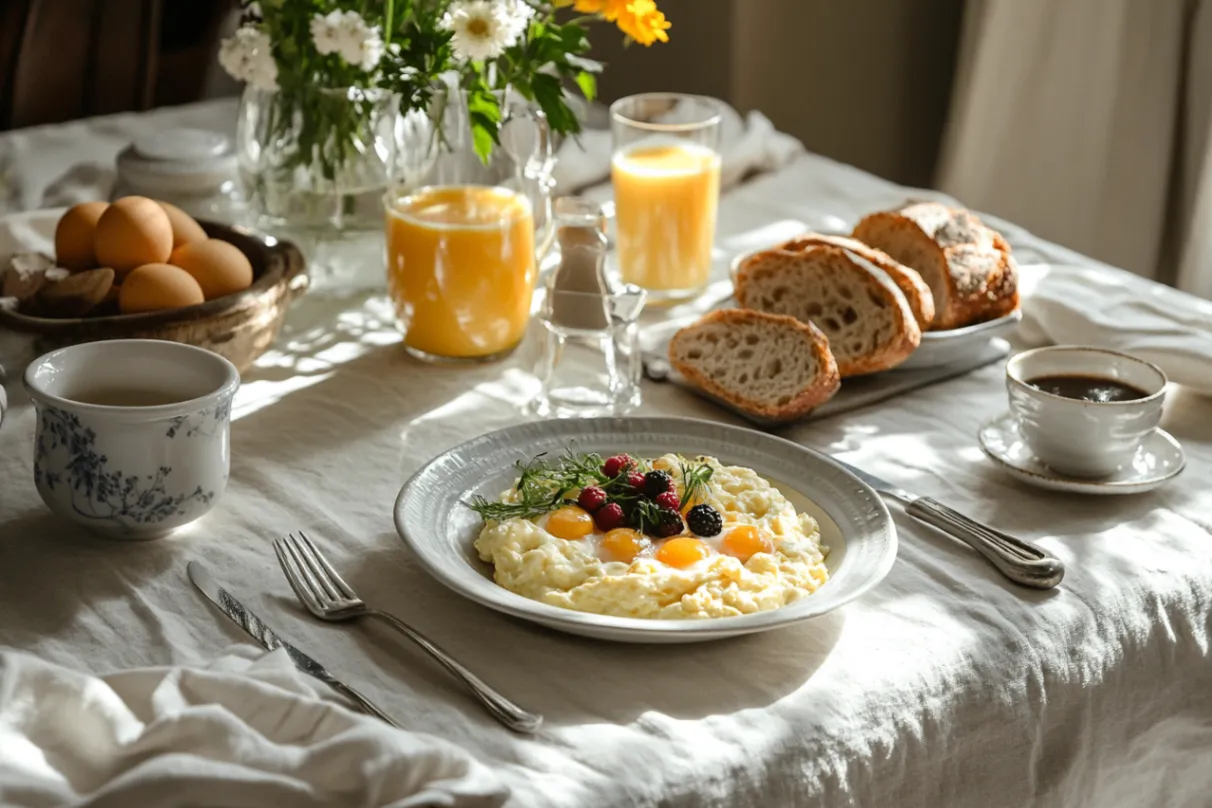Table of Contents
Table of Contents
There’s something almost magical about watching scrambled eggs transform from liquid gold to silky, fluffy clouds of perfection. As someone who’s been cooking for over two decades, I can honestly say that mastering scrambled-eggs was one of my first real victories in the kitchen – and it remains one of my most cherished skills to this day.
I remember the first time I truly nailed the perfect batch of scrambled-eggs. It was a rainy Sunday morning, and I was determined to surprise my family with something special for breakfast. After countless attempts that resulted in rubbery, overcooked disasters, I finally discovered the secret that changed everything. The key wasn’t in fancy ingredients or complex techniques – it was in patience, gentle heat, and understanding that scrambled eggs are a dance between time and temperature.
Scrambled eggs might seem like the simplest dish in the world, but they’re actually a beautiful canvas for culinary creativity and technique. Whether you’re a beginner cook looking to master this fundamental skill or an experienced chef seeking to perfect your method, this comprehensive guide will transform your approach to making eggs. These aren’t just any scrambled-eggs – they’re the kind that will make your family gather around the breakfast table with anticipation, the kind that turn an ordinary morning into something special.
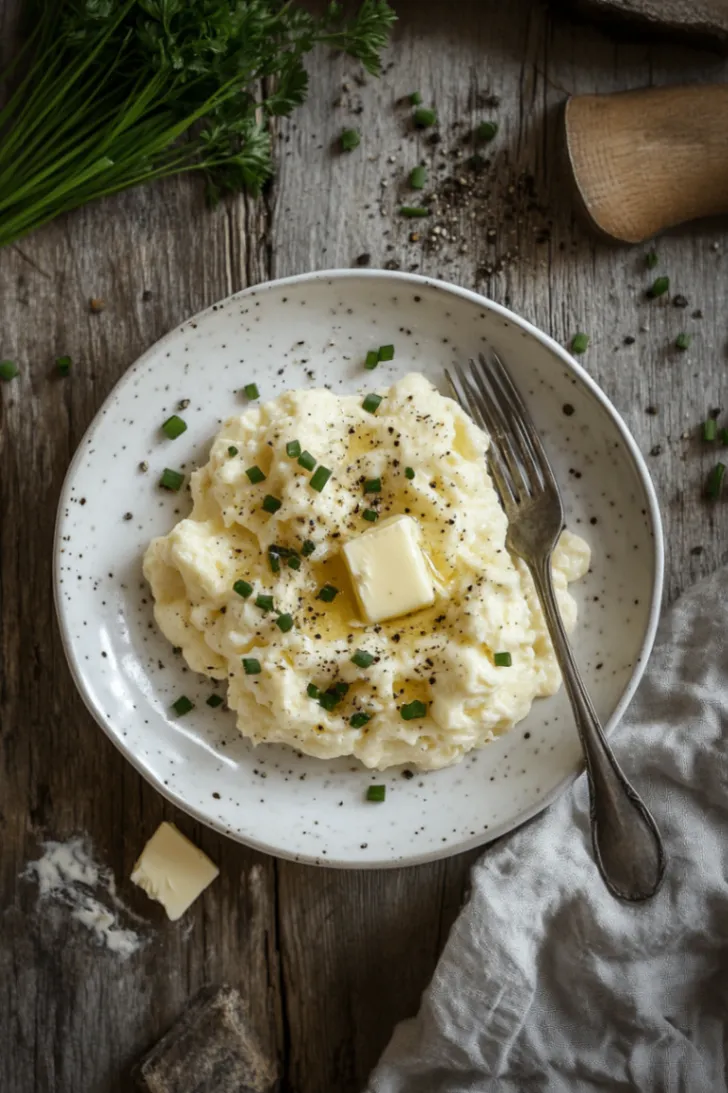
Scrambled Eggs Made Simple
Ingredients
Tried this recipe?
Let us know how it was!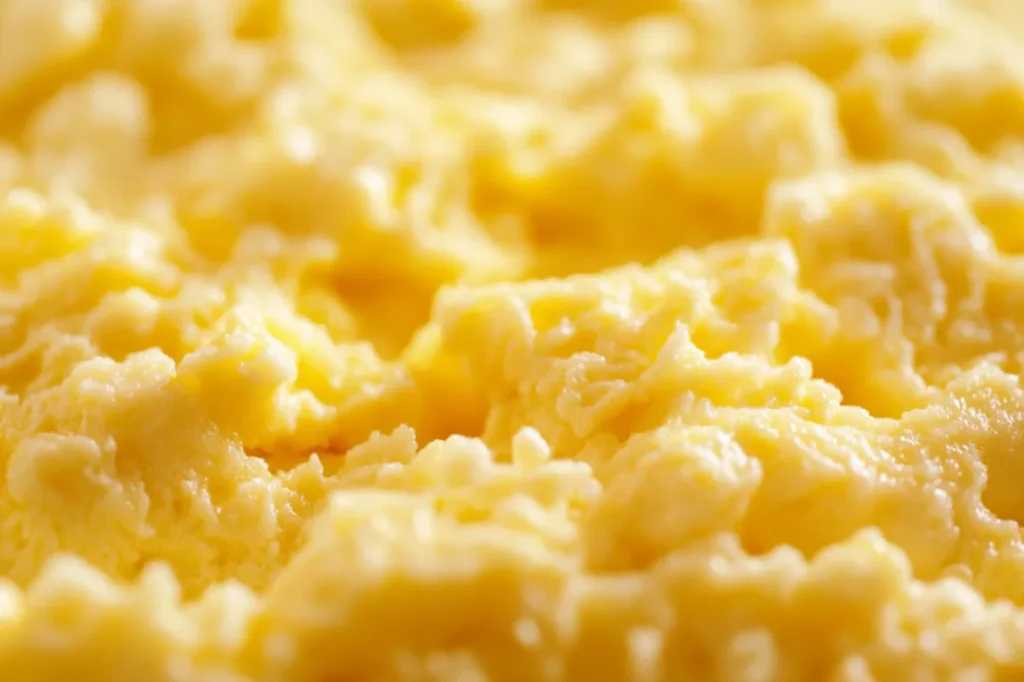
Ingredients: Building the Foundation for Perfect Scrambled Eggs
Understanding Key Ingredients and Their Essential Roles
The beauty of scrambled-eggs lies in their simplicity, but each ingredient plays a crucial role in creating that perfect texture and flavor we’re after. At the heart of any great scrambled eggs recipe are, of course, the eggs themselves. I always recommend using the freshest eggs possible – ideally from pasture-raised hens. Fresh eggs have firmer whites, more vibrant yolks, and a richer flavor that makes a noticeable difference in your final dish.
For perfect scrambled-eggs, you’ll need about 2-3 eggs per person, depending on appetite. The magic ratio I’ve discovered over years of perfecting this recipe is three large eggs, two tablespoons of whole milk or heavy cream, and a generous pinch of fine sea salt. The milk or cream serves a dual purpose: it adds richness and helps create those tender, creamy curds that make scrambled eggs irresistible. Some chefs swear by adding a pat of butter directly to the egg mixture, but I prefer to save the butter for the pan – more on that later.
Salt is perhaps the most underestimated ingredient in scrambled-eggs. Adding salt to the eggs before cooking doesn’t just season them; it actually helps break down the proteins, resulting in more tender, silky scrambled eggs. I use fine sea salt because it dissolves more easily and distributes more evenly throughout the mixture.
Expert Tips for Selecting the Best Quality Ingredients
When shopping for ingredients to make the best scrambled-eggs, quality matters more than you might think. Start with your eggs – look for cartons labeled “pasture-raised” or “free-range” with the most recent date possible. The shells should be clean and uncracked, and when you crack them open, the yolks should stand tall and bright orange-yellow, while the whites should be thick and clear.
For dairy, I always reach for whole milk or heavy cream rather than low-fat alternatives. The fat content contributes significantly to the creamy texture that makes scrambled eggs so satisfying. If you’re watching calories, whole milk works beautifully, but if you want truly decadent scrambled-eggs for a special occasion, heavy cream is the way to go.
Your choice of salt can elevate your scrambled-eggs from good to extraordinary. Fine sea salt or kosher salt are my top choices because they dissolve easily and provide clean, pure flavor without any metallic aftertaste. Avoid table salt if possible, as it can be overpowering and doesn’t integrate as smoothly into the egg mixture.
Smart Substitutions and Creative Alternatives
One of the things I love most about scrambled-eggs is how adaptable they are to different dietary needs and preferences. If you’re lactose intolerant, you can easily substitute the milk with unsweetened almond milk, oat milk, or even a splash of chicken broth for savory depth. The key is using something with a bit of richness – avoid watery substitutes that won’t contribute to the creamy texture we’re after.
For those following a dairy-free diet, coconut cream makes an excellent substitute for heavy cream, adding richness without overpowering the delicate egg flavor. Vegan butter or high-quality olive oil can replace regular butter in the pan, though the flavor profile will be slightly different.
If you’re concerned about cholesterol or simply want to lighten the dish, you can substitute one or two whole eggs with egg whites. However, keep at least one whole egg in the mix to maintain some richness and binding properties. For added nutrition, consider incorporating finely chopped herbs like chives, parsley, or dill directly into the egg mixture before cooking.
Preparation Steps: Mastering the Art of Perfect Scrambled Eggs
Initial Prep and Essential Cleaning Tips
Before you even crack your first egg, proper preparation is key to achieving restaurant-quality scrambled-eggs at home. Start by gathering all your ingredients and having them at room temperature – this includes taking your eggs out of the refrigerator about 15-20 minutes before cooking. Room temperature eggs cook more evenly and incorporate better with other ingredients.
Choose the right pan for your scrambled-eggs – this makes an enormous difference in the final result. I always use a non-stick pan or a well-seasoned cast iron skillet. The pan should be heavy-bottomed to distribute heat evenly and prevent hot spots that can cause your eggs to cook unevenly. An 8-inch pan is perfect for 3-4 eggs, while a 10-inch pan works well for larger batches.
Clean your pan thoroughly and make sure it’s completely dry before you start cooking. Any residual water can cause the butter to splatter and create uneven heating. Have your spatula ready – I prefer a rubber or silicone spatula that won’t scratch the pan surface and allows for gentle stirring that keeps the scrambled eggs fluffy and light.
Step-by-Step Cooking Instructions with Professional Secrets
Now comes the magical transformation that turns simple ingredients into perfect scrambled eggs. Crack your eggs into a bowl and add your milk or cream and salt. Here’s my first secret: whisk vigorously for at least 30 seconds until the mixture is completely uniform and slightly frothy. This incorporates air into the eggs, which contributes to their final fluffy texture.
Place your pan over the lowest heat setting your stove offers. Add a tablespoon of butter and let it melt completely, coating the bottom of the pan. The butter should foam gently but never brown – if it starts to brown, your heat is too high. Pour in your egg mixture and resist the urge to stir immediately. Let the eggs sit for about 20-30 seconds to begin setting on the bottom.
Here’s where patience becomes your best friend in making perfect scrambled eggs. Using your spatula, gently push the cooked egg from one side of the pan toward the center, tilting the pan to let the uncooked egg flow underneath. Continue this process, pushing cooked portions to the center and allowing liquid egg to flow to the edges. The key is gentle, slow movements and low heat throughout the entire process.
Common Mistakes and How to Avoid Them
The biggest mistake I see home cooks make with scrambled eggs is cooking them over too high heat. High heat creates tough, rubbery scrambled eggs with large, uneven curds. Keep your heat low and be patient – perfect scrambled eggs take about 3-4 minutes to cook properly.
Another common error is over-stirring the eggs. Constant stirring breaks up the curds too much and can result in scrambled eggs that look more like egg paste than the fluffy, light texture we’re aiming for. Stir gently and only when necessary to redistribute the uncooked egg.
Overcooking is perhaps the most heartbreaking mistake because it’s so easily avoided. Remove your scrambled eggs from the heat when they still look slightly underdone – they’ll continue cooking from residual heat and reach perfect doneness as you plate them. Remember, you can always cook them a bit more, but you can’t undo overcooked eggs.
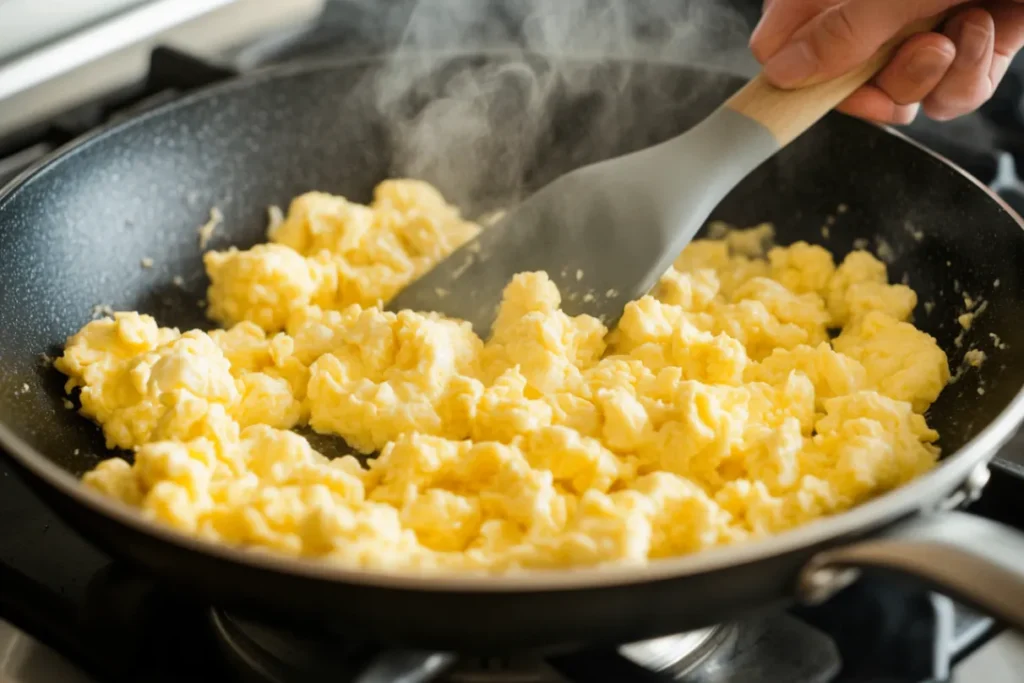
Serving & Final Touches: Elevating Your Scrambled Eggs Experience
Creative Presentation Ideas That Impress
Perfect scrambled eggs deserve beautiful presentation, and there are countless ways to make this simple dish look restaurant-worthy. Start with warm plates – this keeps your scrambled eggs at the ideal temperature longer and shows attention to detail that your family and guests will notice.
Consider garnishing your scrambled eggs with fresh herbs like chopped chives, parsley, or dill. A light sprinkle of freshly cracked black pepper adds visual appeal and a hint of spice. For special occasions, a few drops of truffle oil or a small dollop of crème fraîche can transform ordinary scrambled eggs into an elegant brunch dish.
Plating techniques can make a significant difference in presentation. Instead of simply spooning the eggs onto the plate, try using a large spoon to create gentle mounds, or use a ring mold for perfectly shaped portions. Serve alongside colorful accompaniments like sliced tomatoes, fresh berries, or microgreens to create visual contrast and appeal.
Recommended Side Dishes and Perfect Pairings
Scrambled eggs are incredibly versatile and pair beautifully with both sweet and savory accompaniments. For a classic American breakfast, serve your perfect scrambled eggs alongside crispy bacon or breakfast sausage, golden hash browns, and buttered toast. The contrast of textures and flavors creates a satisfying, well-rounded meal.
For a more sophisticated brunch presentation, consider pairing scrambled eggs with smoked salmon, toasted bagels with cream cheese, and fresh fruit. The richness of the eggs complements the salty salmon perfectly, while the fresh fruit provides a bright, acidic counterpoint.
International pairings can add exciting variety to your scrambled eggs repertoire. Try serving them with Mexican-inspired sides like black beans, avocado slices, and warm tortillas for breakfast tacos. Or go Mediterranean with crumbled feta cheese, sliced tomatoes, and warm flatbread for a Greek-inspired morning meal.
Storage Tips and Reheating Advice for Best Results
While scrambled eggs are best enjoyed immediately after cooking, there are times when you need to prepare them ahead or store leftovers properly. If you must make scrambled eggs in advance, slightly undercook them and store them in the refrigerator for no more than 2-3 days in an airtight container.
When reheating scrambled eggs, use the gentlest method possible to avoid overcooking. The microwave works, but use 50% power and heat in 15-second intervals, stirring between each interval. Even better is reheating them in a non-stick pan over very low heat with a small amount of butter, stirring gently until just warmed through.
For meal prep enthusiasts, consider preparing scrambled egg “muffins” by baking the egg mixture in muffin tins. These individual portions reheat beautifully and make perfect grab-and-go breakfasts for busy mornings.
 DINNER
DINNER  LUNCH
LUNCH 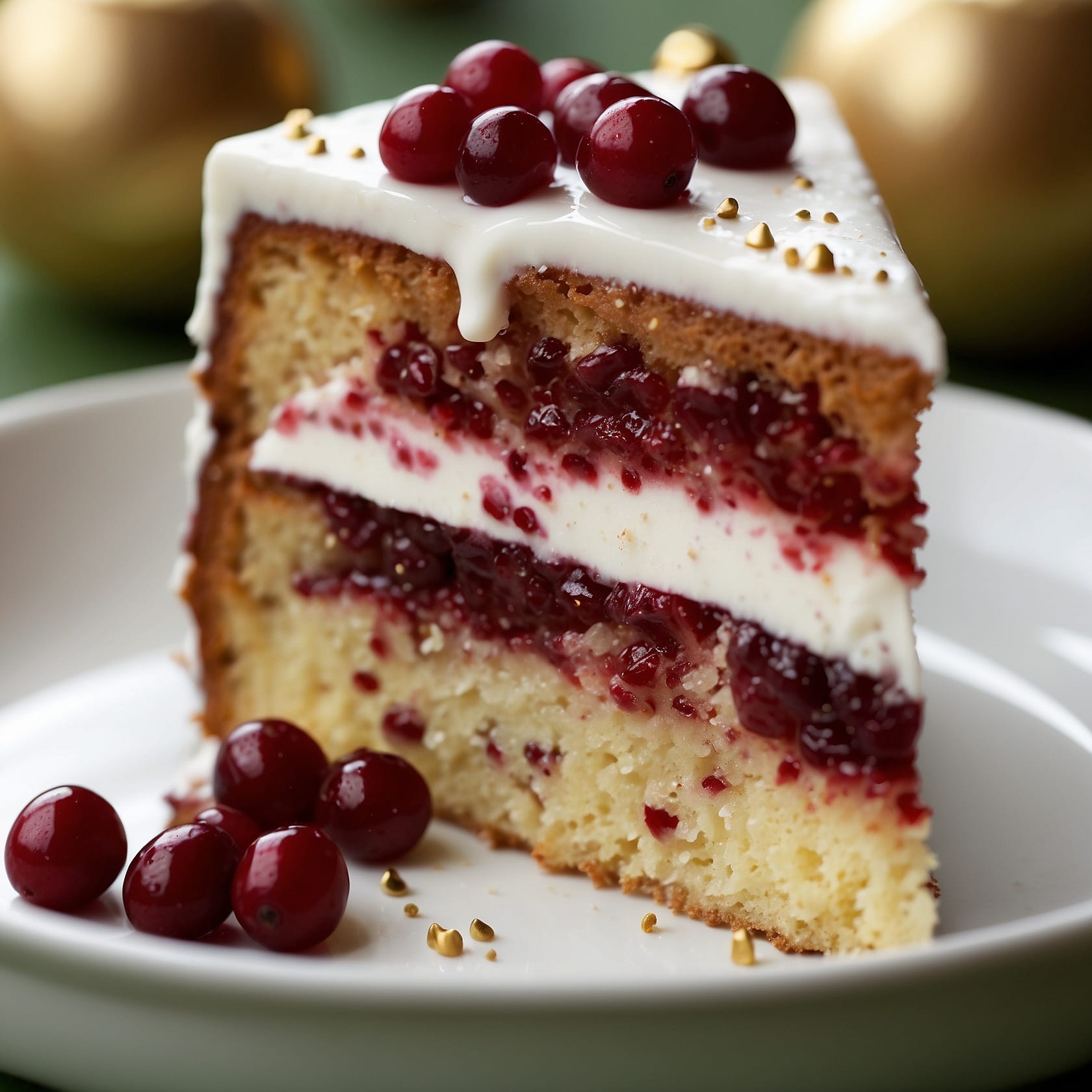 Desserts
Desserts  BREAKFAST
BREAKFAST For more amazing recipes, be sure to check out our other sections to explore a variety of ideas that will enrich your cooking experience. Each section offers its own unique flavors to ensure a delightful culinary journey:
Easy and Quick Recipes: A collection of dishes that guarantee delicious meals with minimal effort and time.
Healthy Recipes: Discover healthy and delicious options that fit your lifestyle.
Desserts: A diverse selection of sweets that will add a special touch of sweetness to your table.
Lunch Recipes: Tasty lunch ideas that you can easily prepare to delight your family.
Dinner Recipes: Delicious and easy-to-make recipes that will make your dinner a memorable occasion.
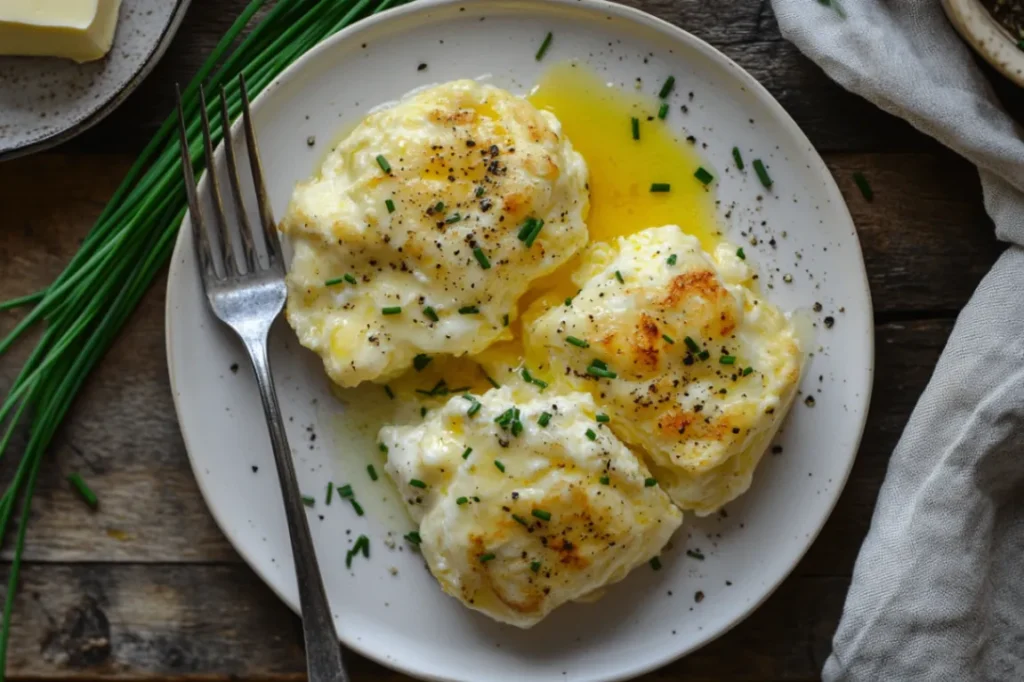
Frequently Asked Questions About Perfect Scrambled Eggs
Q: Why do my scrambled eggs always turn out watery? A: Watery scrambled eggs usually result from adding too much liquid (milk or cream) to the egg mixture, or from not cooking them long enough to allow excess moisture to evaporate. Stick to about 1 tablespoon of liquid per 2-3 eggs, and cook until the eggs look set but still slightly glossy.
Q: How can I make my scrambled eggs more flavorful without adding too many ingredients? A: The secret to flavorful scrambled eggs lies in using high-quality, fresh eggs and proper seasoning. Add salt to the raw egg mixture and let it sit for a few minutes before cooking. Fresh herbs, a touch of cream cheese, or a small amount of grated cheese can also enhance flavor without overwhelming the delicate egg taste.
Q: What’s the difference between scrambled eggs and soft scrambled eggs? A: Soft scrambled eggs are cooked at an even lower temperature for a longer time, resulting in incredibly creamy, almost custard-like curds. They require more patience and constant gentle stirring, but the result is restaurant-quality scrambled eggs with an luxurious texture.
Q: Can I make scrambled eggs ahead of time for a crowd? A: Yes, but use the “holding” method used in restaurants. Cook the eggs until they’re about 80% done, then transfer them to a warm (not hot) oven or slow cooker on the lowest setting. They’ll stay warm and continue cooking gently without overcooking.
Q: Why do restaurant scrambled eggs taste so much better than mine? A: Restaurants often use more butter and cream than home cooks, cook over very low heat with constant attention, and serve them immediately on warmed plates. They also frequently use techniques like adding a small amount of cream cheese or cooking the eggs in a double boiler for ultra-smooth texture.
Conclusion: Your Journey to Scrambled Eggs Mastery
Mastering the art of perfect scrambled eggs is truly one of those fundamental cooking skills that will serve you well for a lifetime. These aren’t just scrambled eggs – they’re a testament to the beauty that can be created with simple, quality ingredients and proper technique. The difference between good scrambled eggs and extraordinary ones lies in the details: the patience to cook them slowly, the wisdom to remove them from heat at just the right moment, and the care to serve them immediately while they’re at their peak.
I encourage you to try this technique and make it your own. Start with the basic method I’ve shared, then experiment with different additions and accompaniments to create your signature scrambled eggs recipe. Don’t be discouraged if your first attempt isn’t perfect – like any worthwhile skill, making exceptional scrambled eggs takes practice.
Share your scrambled eggs creations with family and friends, and don’t forget to tell them about the techniques you’ve learned. Food is meant to be shared, and there’s something special about passing along cooking knowledge that improves with each generation. I’d love to hear about your scrambled eggs adventures, so please share your experiences and any creative variations you discover along the way.
Passing Down the Legacy of Scrambled Eggs
Scrambled eggs may seem humble, but they carry a quiet legacy — a dish so simple, yet so powerful in its ability to bring people together. In many families, the way to make scrambled eggs is passed from one generation to the next, often without a recipe, but with care, intuition, and personal flair. It’s the kind of dish that can become part of a morning ritual, a weekend brunch, or a late-night comfort food moment. When you prepare scrambled eggs with intention, you’re not just cooking — you’re honoring a tradition that spans cultures and continents.
Take the time to teach someone else what you’ve learned — whether it’s a child, a partner, or a friend. Show them how the eggs gently change texture in the pan, how the butter melts just so, and how the timing affects the final outcome. These little lessons aren’t just culinary techniques; they’re memories in the making. And in doing so, you’re helping to ensure that this small, delicious art is never forgotten. The journey to scrambled egg mastery doesn’t end with you — it lives on in every shared breakfast, every passed-down trick, and every warm, golden bite.
